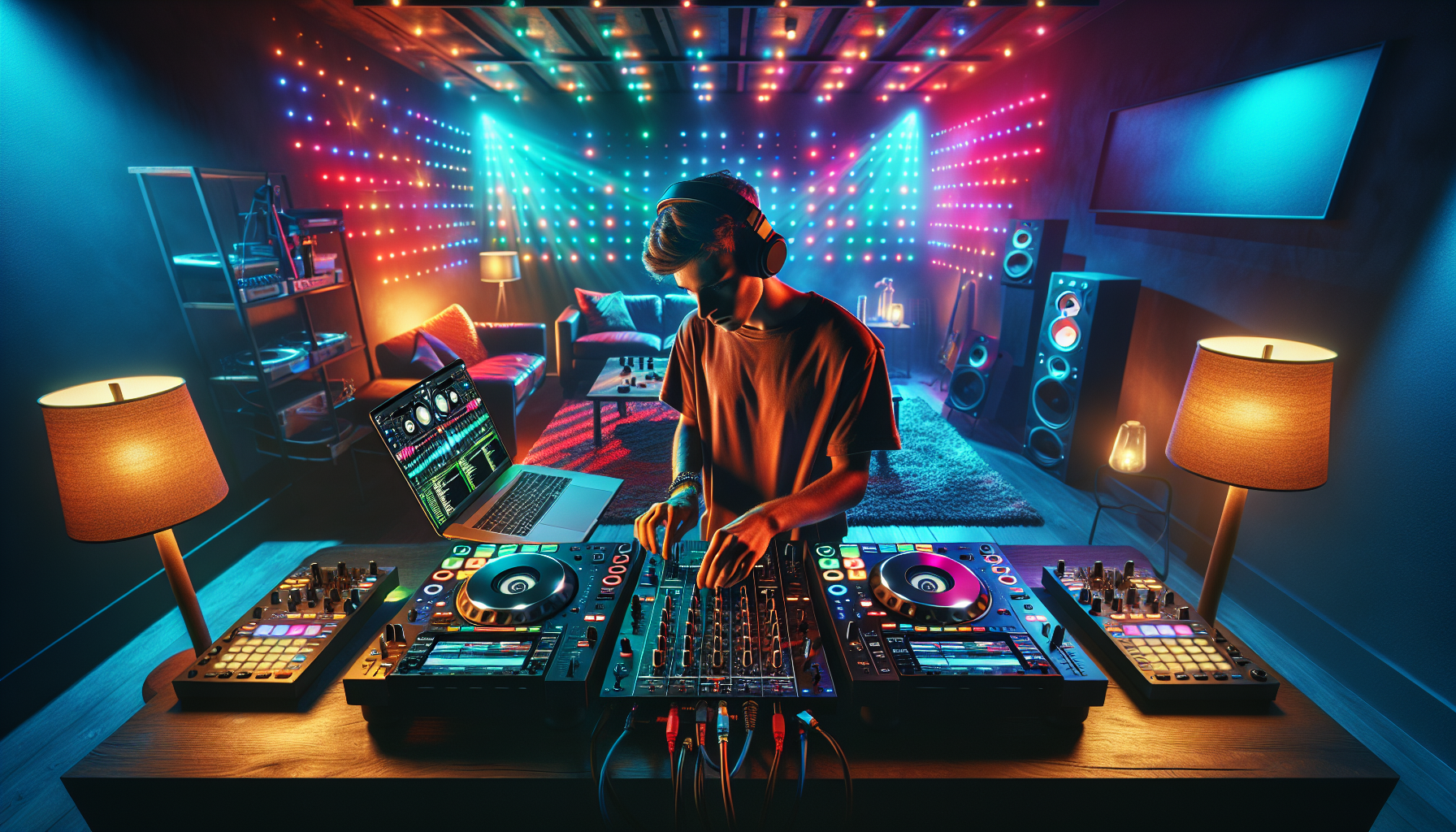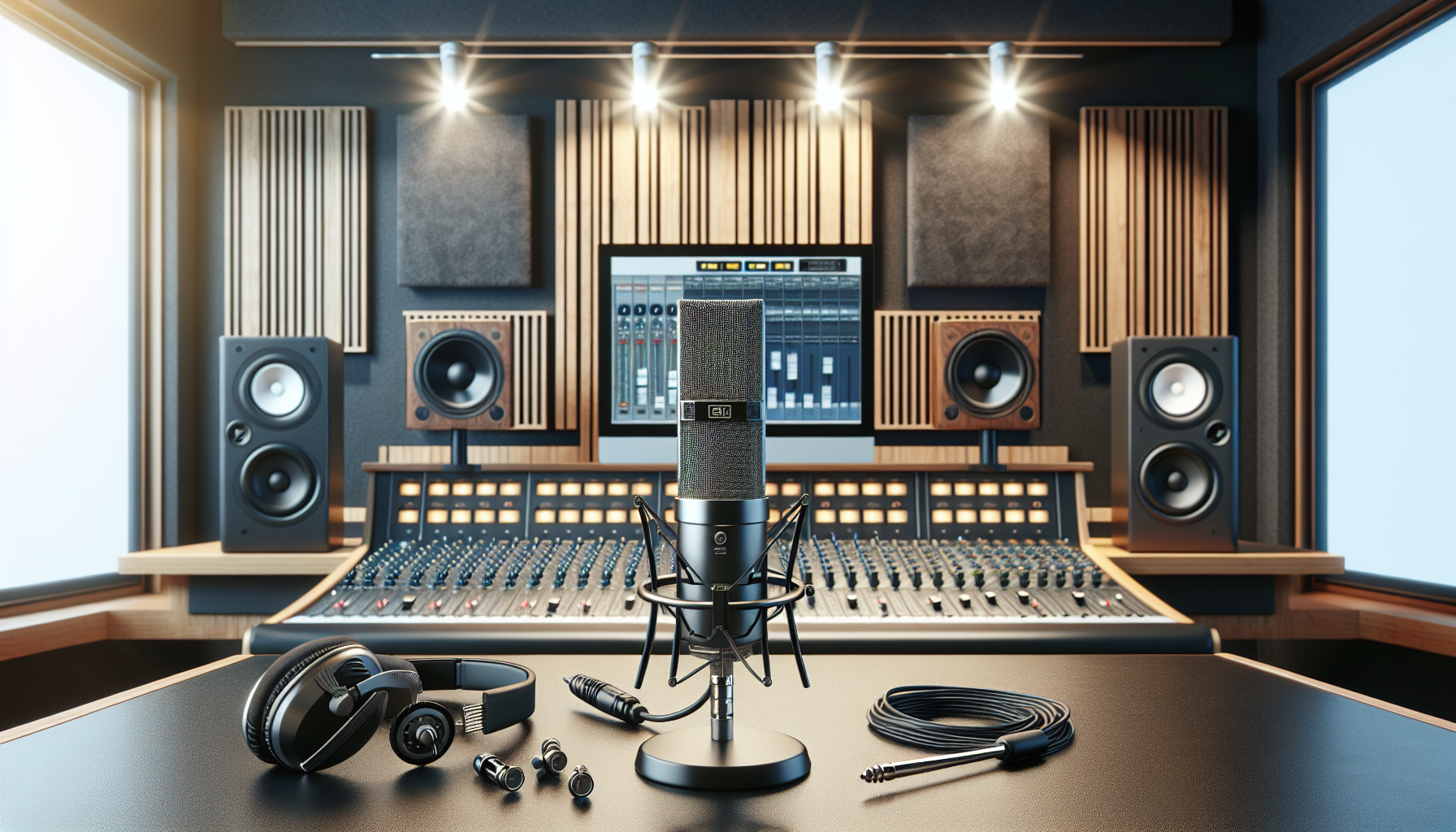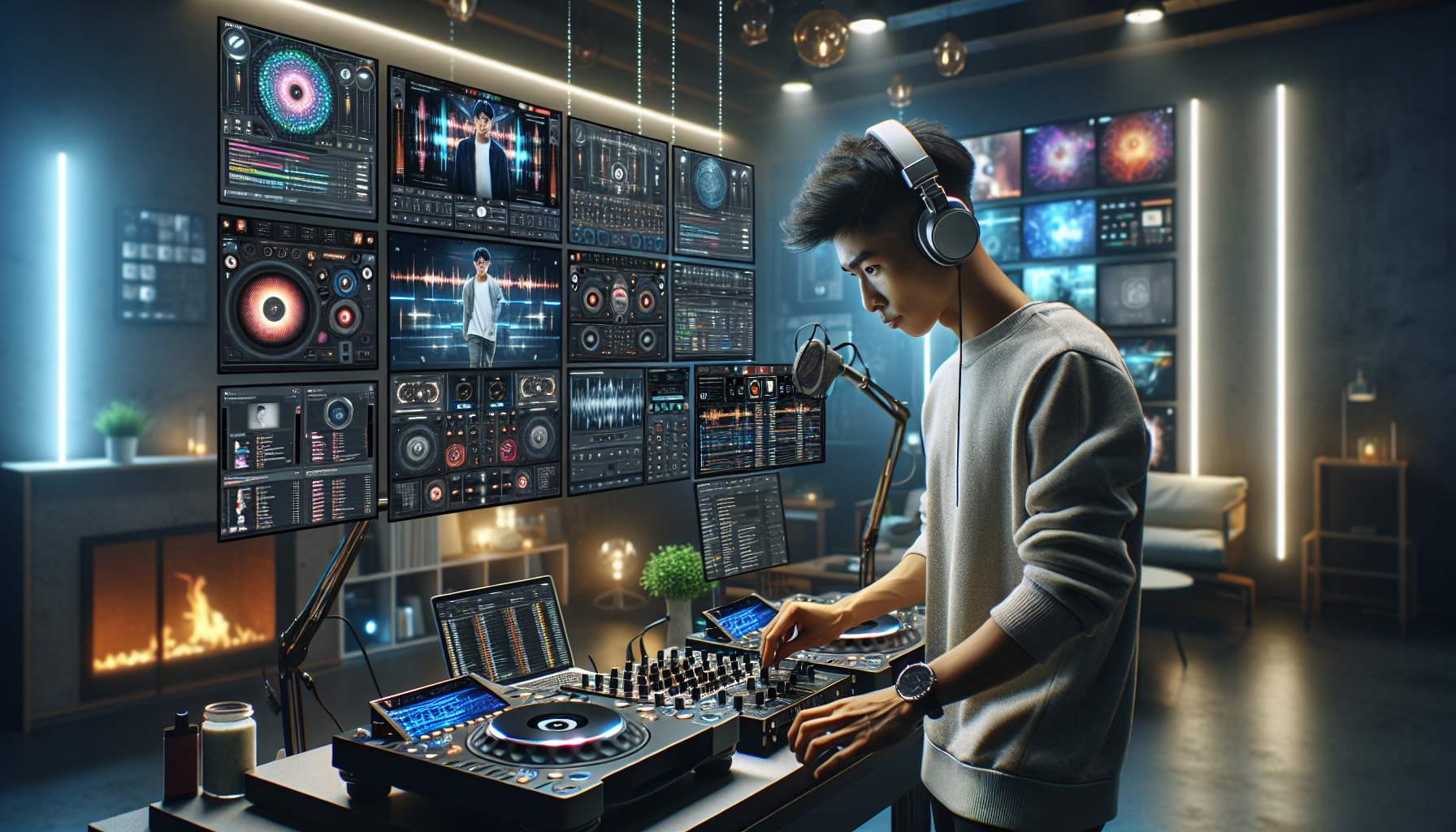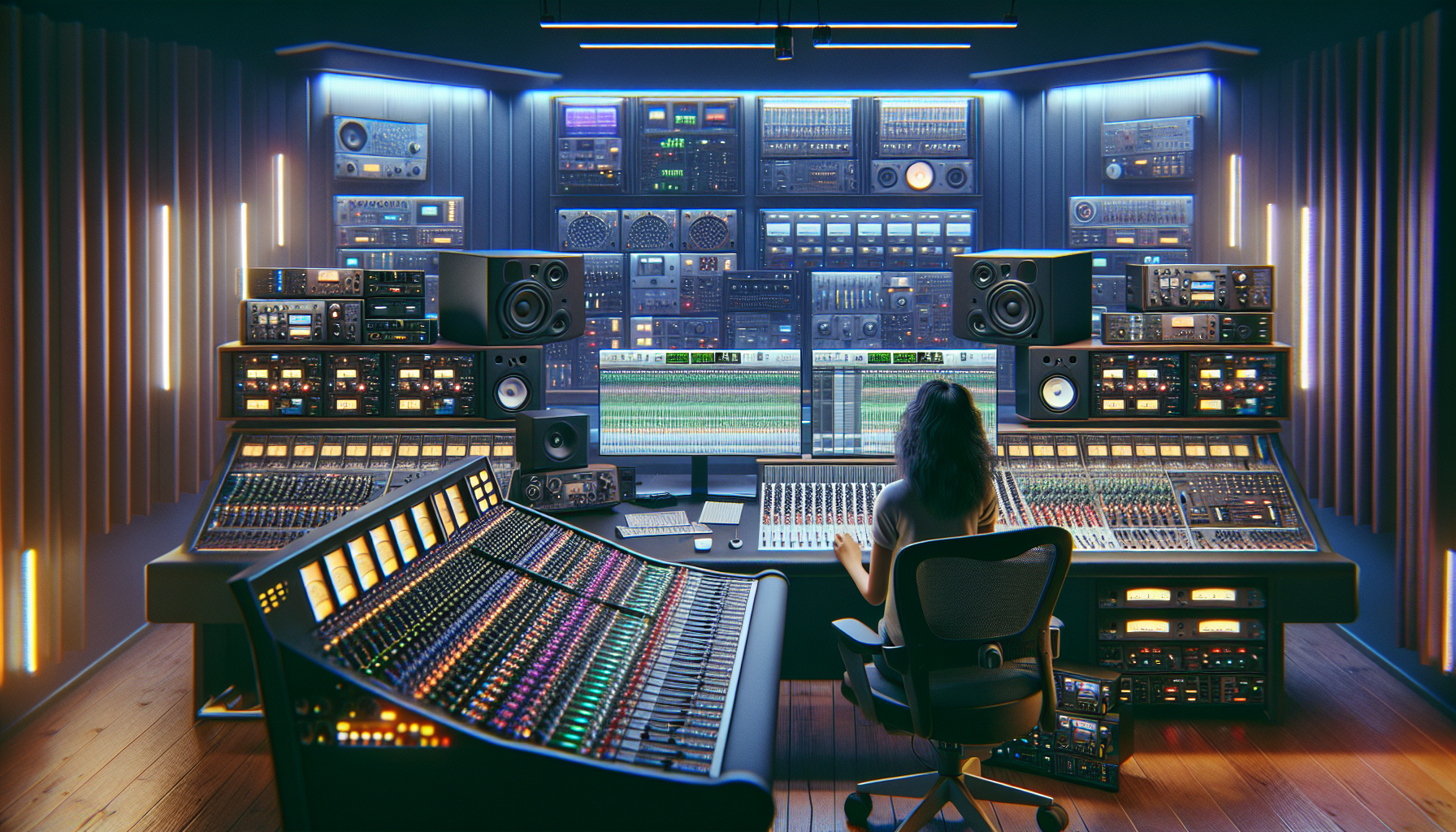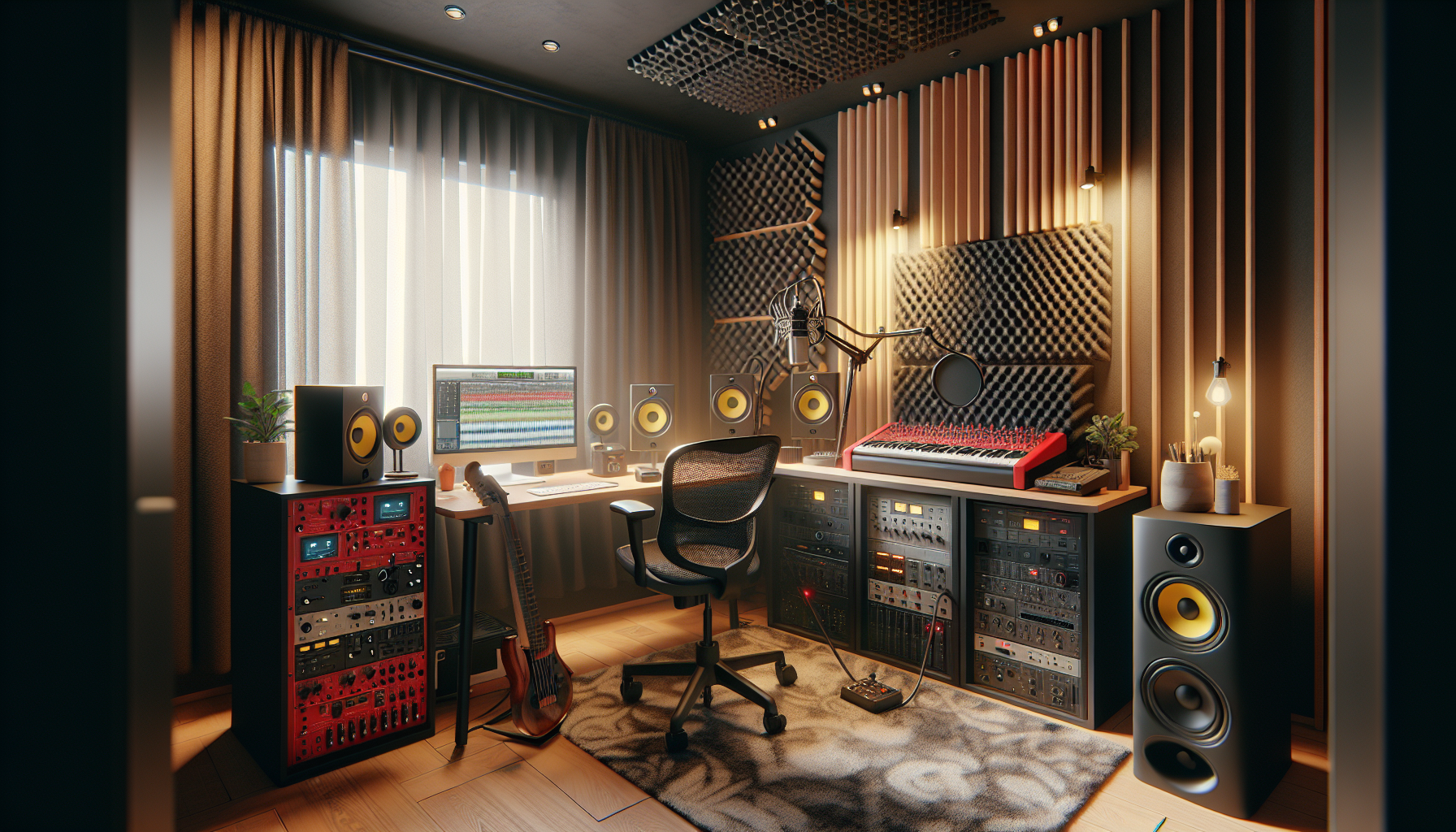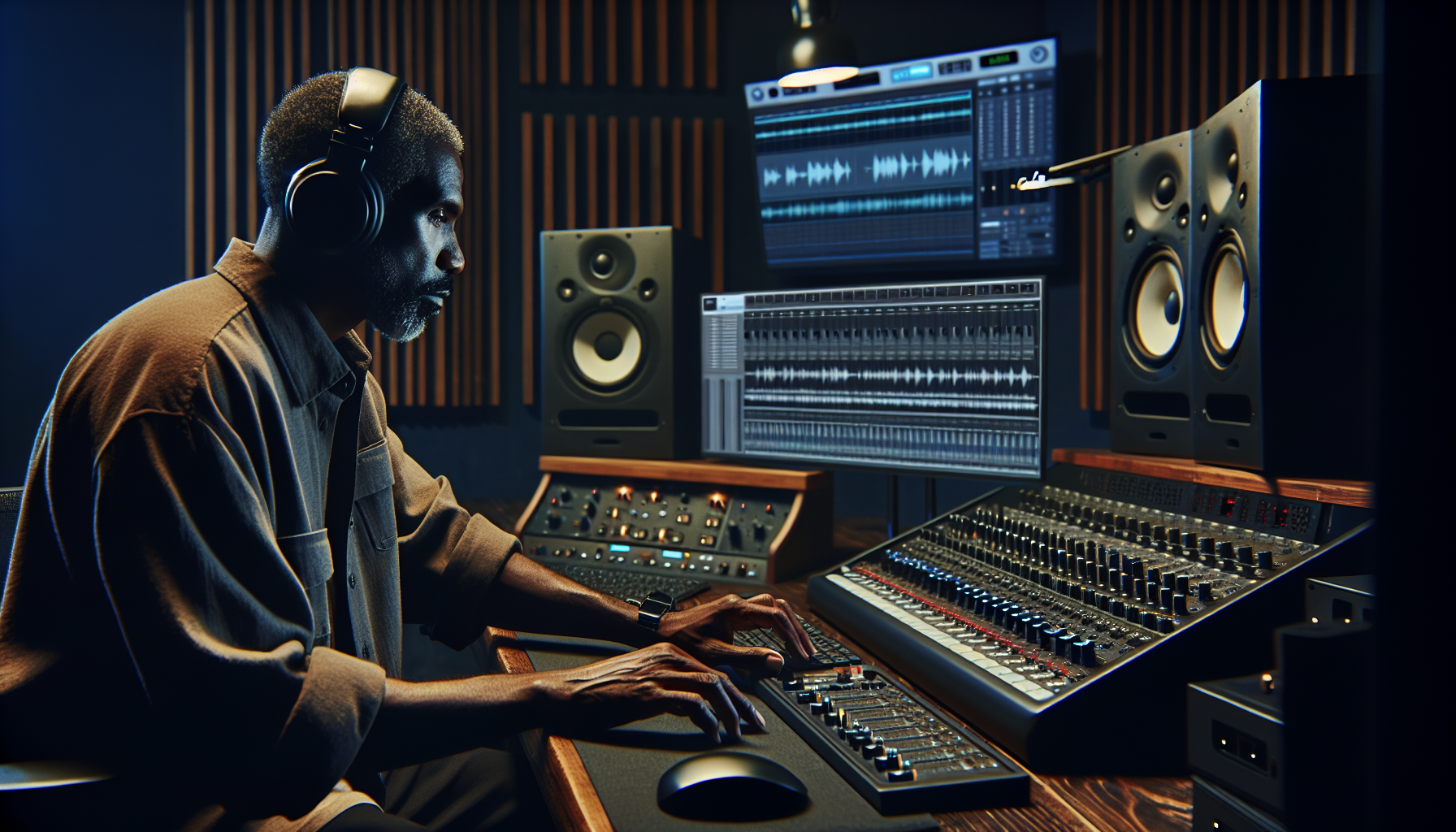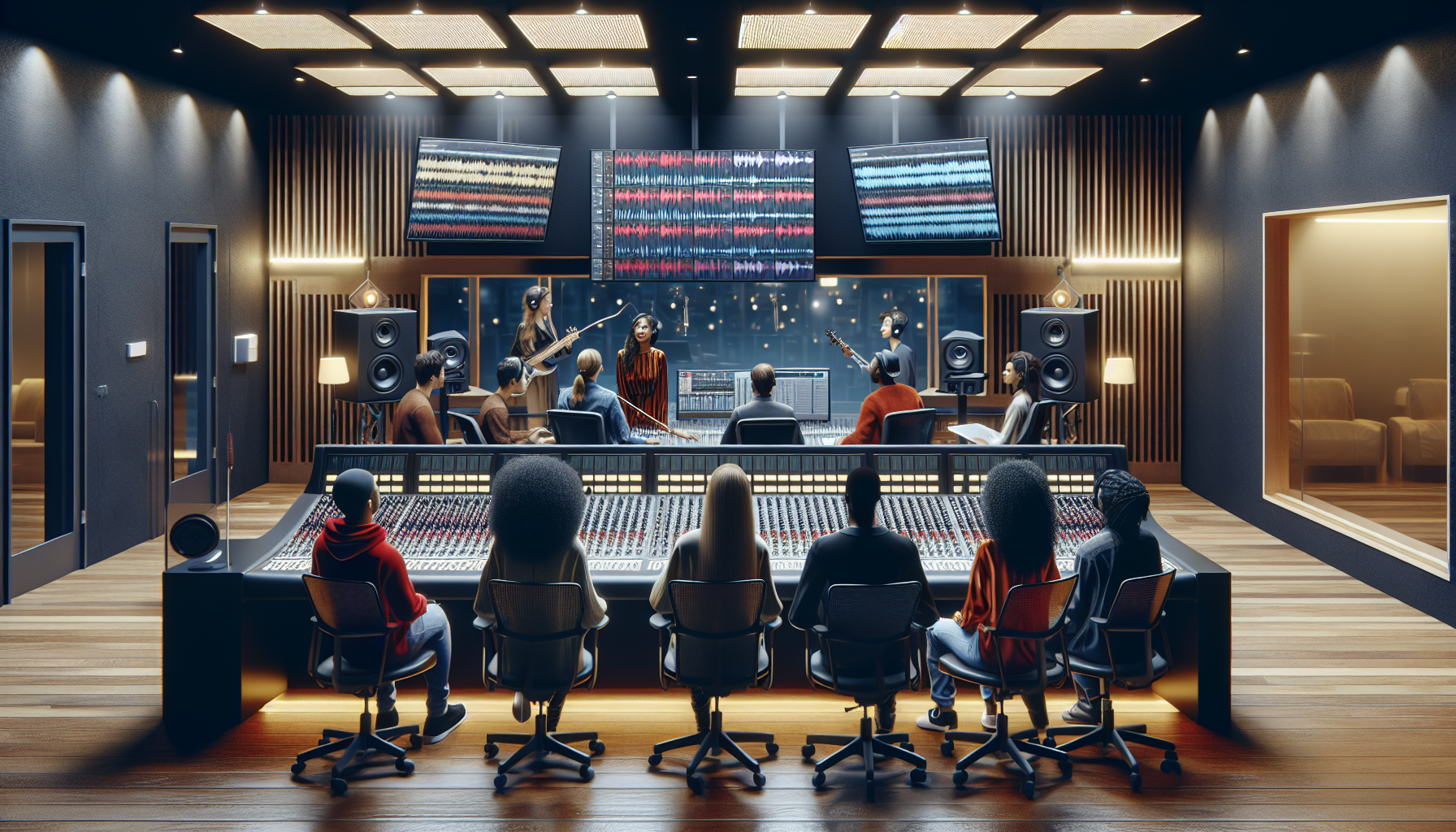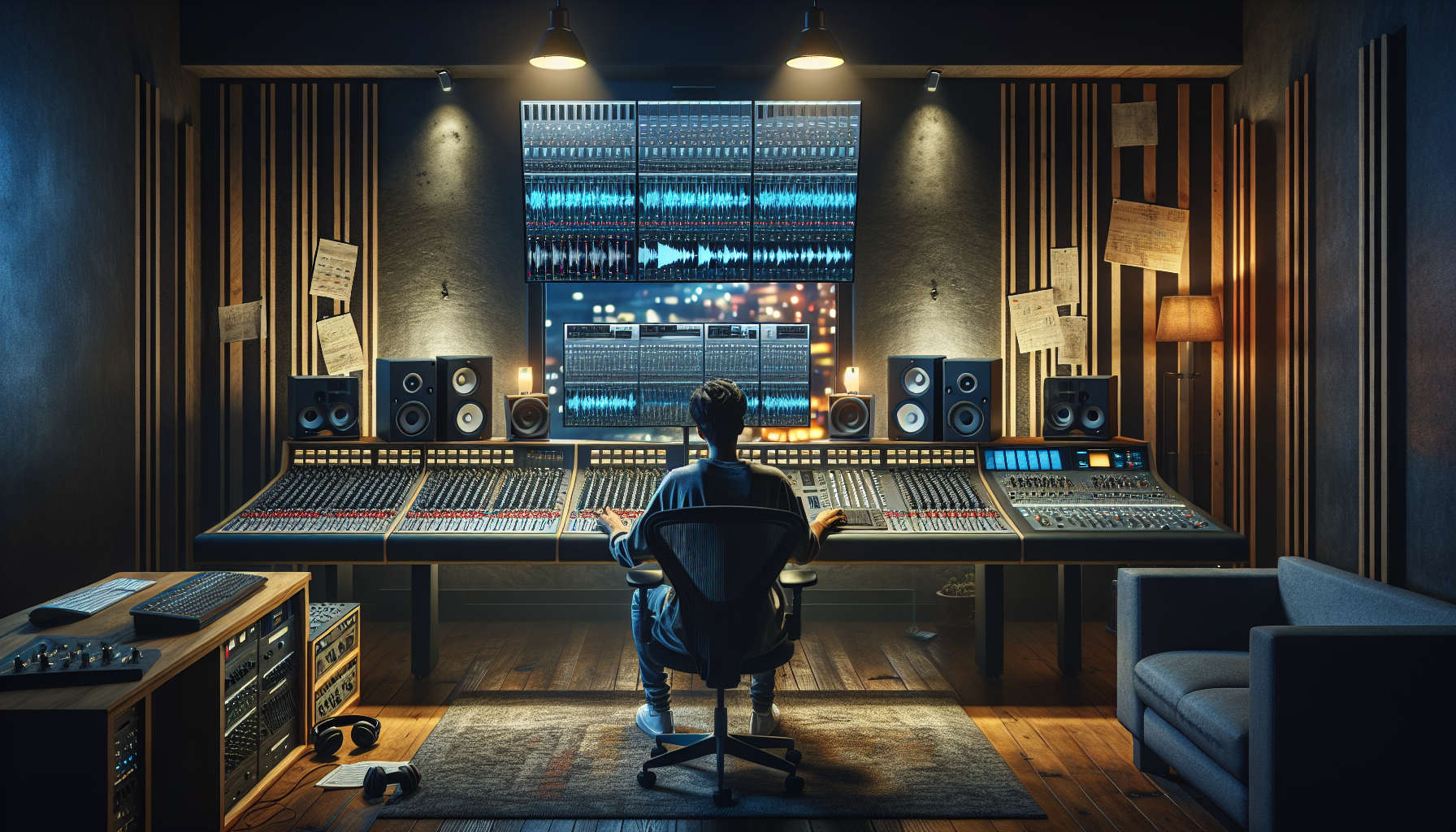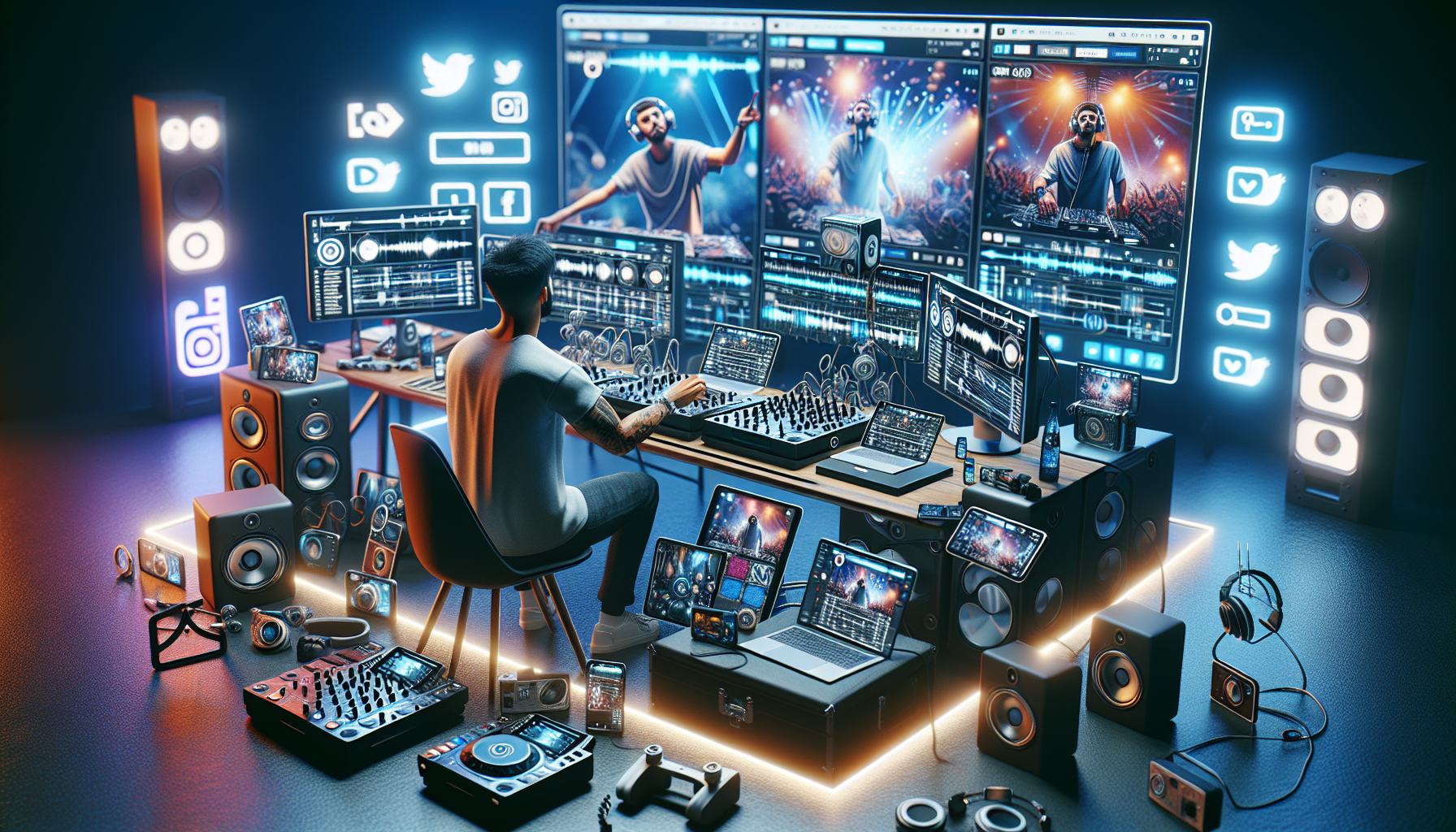Introduction to DJ Mixing
DJ mixing is a vital skill in today’s vibrant music entertainment scene, allowing for creative expression through seamless musical transitions. Ideal for festivals, clubs, and private events, learning to DJ can transform your ability to control the rhythm and mood of any party. This guide is designed to help beginners understand the key elements of DJ mixing, including equipment, software, and basic techniques. If you’re ready to create unforgettable musical experiences, let’s dive into the essentials of starting your journey as a DJ.
Essential DJ Equipment for Beginners
Starting your DJ career begins with understanding the essential hardware: turntables or CDJs, mixers, and headphones. Turntables or CDJs handle music playback, mixers facilitate track transitions, and headphones are crucial for track cueing. Selecting the right gear is critical, and beginner kits offer an affordable, user-friendly option to ease the financial burden and ensure physical comfort during long sessions.
Pro Tip: Choose a DJ controller with an integrated audio interface to minimize the need for extra hardware and streamline your setup.
Selecting DJ Software
Choosing the right DJ software is crucial for modern DJs. Beginner-friendly programs like Serato DJ Lite and Virtual DJ provide intuitive interfaces with comprehensive tutorials. These platforms support your growth from novice to expert. Begin with free versions or demos to experiment and discover the software that best fits your personal style and workflow.
Pro Tip: Access user forums and reviews for real insights that go beyond the software provider’s descriptions.
Basic DJ Mixing Techniques
Learn core DJ skills such as beatmatching to synchronize two tracks, crossfading, and adjusting EQs to perfect your sound. Beginners will benefit from step-by-step guides on these techniques. Developing keen listening skills and precise timing is essential for creating smooth transitions—a distinguishing feature of top DJs.
Pro Tip: Practice with a metronome to improve your timing accuracy, essential for flawless live performances.
Honing Your DJ Skills
Consistent practice is key to mastering DJing. Record your sessions to evaluate and enhance your skills. Engaging with online DJ communities can also provide valuable tips and accelerate your learning. Commit to regular, focused practice sessions, and set achievable goals to continuously advance your skills.
Pro Tip: Each week, aim to master a new DJ technique or incorporate different musical genres into your mixes.
Advancing Your DJ Career
To further develop your DJ talents, consider resources like the book “DJing for Dummies,” various online platforms such as Udemy, or specialized sites like DJ Tech Tools. Watching live DJs can inspire and deepen your understanding of diverse styles and techniques. Moreover, establishing an online presence on platforms such as SoundCloud or Mixcloud can help you reach a larger audience and step into the professional realm.
Pro Tip: Participate in DJ workshops to gain practical tips and insights from experienced DJs that online courses might not offer.
In conclusion, beginning your DJ journey with a solid understanding of necessary equipment, software, and techniques lays a strong foundation for your success. Each step forward is a crucial beat in the rhythm of your DJ career development.
Are you ready to spin your way into the DJing world? Explore more resources or contact us for personalized guidance on your musical journey!
